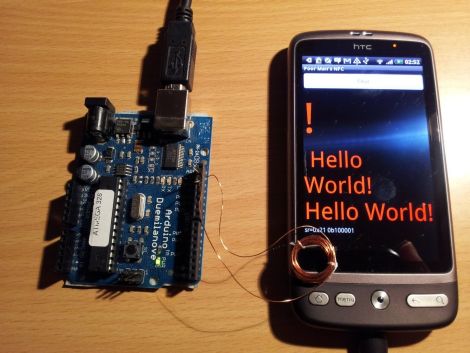
We’ve seen a ton of projects that interface hardware with the Raspberry Pi. But they usually depend on bit-banging. That means they toggle the pins in software to match a specific protocol. The thing is that the beefy Broadcom SoC that anchors the board has a lot of built-in peripherals that are just waiting to be used instead of bit banging. In this case, it’s the hardware SPI peripheral which can be accessed via the bcm2835 library for RPi.
One of the things that would have really complicated this process is the pin mapping between the Broadcom chip and the RPi GPIO header. Since not all pins are broken out, it was either luck or good design forethought that made all of the SPI0 pins from the chip available on the RPi breakout header. The library page (linked above) explains this well. But if you’re looking for more of a working example check out [EngineerByNight’s] project with adds an accelerometer using hardware SPI.














